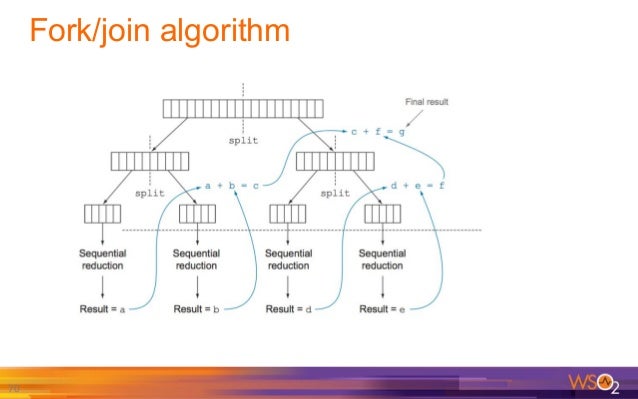

- #Blueprint meaning in java how to
- #Blueprint meaning in java software
- #Blueprint meaning in java code
With EKS Blueprints, you can provision both EKS and self-managed add-ons in an EKS cluster. The diagram illustrates an EKS cluster that is running across three availability zones, is bootstrapped with a wide range of Kubernetes add-ons, and hosts workloads from multiple different teams:

The following architecture diagram represents an EKS environment that can be configured and deployed with EKS Blueprints. EKS Blueprints builds on existing work from the EKS open source community, including using the terraform-aws-eks module for cluster provisioning. Once a blueprint is configured, you can use it to deploy consistent environments across multiple AWS accounts and regions using continuous deployment automation. You can describe the configuration for the desired state of your EKS cluster, such as the control plane, worker nodes, and Kubernetes add-ons, as an IaC blueprint.
#Blueprint meaning in java software
What is EKS Blueprints?ĮKS Blueprints helps you configure complete EKS clusters that are fully bootstrapped with the operational software that is needed to deploy and operate workloads. EKS Blueprints was built to address this customer need. They want solutions that use familiar tools such as Terraform, CDK, and Helm to help manage the lifecycle of EKS clusters, the operational software that runs in each cluster, and the configuration for teams that need to run workloads in each cluster.
#Blueprint meaning in java how to
Ensuring consistency and standardization across a fleet of EKS clusters as adoption grows can present additional challenges.ĪWS customers have asked for examples that demonstrate how to integrate the landscape of Kubernetes tools and make it easy for them to provision complete, opinionated EKS clusters that meet specific application requirements.

If you’re operating workloads from multiple teams in the same cluster, there are additional considerations, such as governing network policies, access to EKS clusters, or access to AWS resources that run outside of an EKS cluster. It involves integrating a wide range of open-source tools and AWS services and requires deep expertise in AWS and Kubernetes. With such a large number of tooling and design choices available to you, building a tailored EKS cluster that meets your application’s specific needs can take a significant amount of time. The extensible nature of Kubernetes also allows you to use a wide range of popular open-source tools, commonly referred to as add-ons, in Kubernetes clusters. Kubernetes is a powerful and extensible container orchestration technology that allows you to deploy and manage containerized applications at scale. To get started, please visit the Getting Started guides for either EKS Blueprints for Terraform or EKS Blueprints for CDK. EKS Blueprints also helps you implement relevant security controls needed to operate workloads from multiple teams in the same cluster.ĮKS Blueprints is implemented in two popular IaC frameworks, HashiCorp Terraform and AWS Cloud Development Kit (AWS CDK), which help you automate infrastructure deployments. You can use EKS Blueprints to easily bootstrap an EKS cluster with Amazon EKS add-ons as well as a wide range of popular open-source add-ons, including Prometheus, Karpenter, Nginx, Traefik, AWS Load Balancer Controller, Fluent Bit, Keda, Argo CD, and more.
#Blueprint meaning in java code
EKS Blueprints is a collection of Infrastructure as Code (IaC) modules that will help you configure and deploy consistent, batteries-included EKS clusters across accounts and regions. Today, we are introducing a new open-source project called EKS Blueprints that makes it easier and faster for you to adopt Amazon Elastic Kubernetes Service (Amazon EKS).


 0 kommentar(er)
0 kommentar(er)
